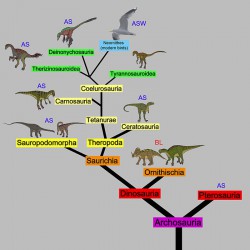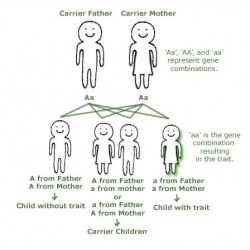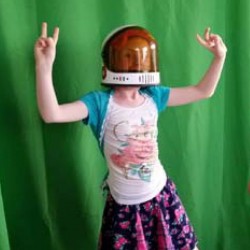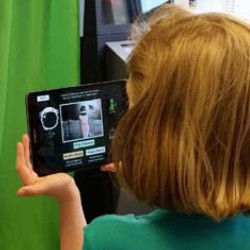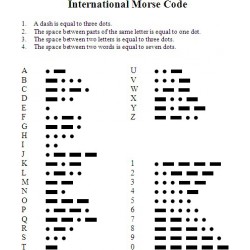Sort
Viewed items
-

Wetland Band
Patrons listen to the calls of...
Activities for Tweens There are 201 items.
Stuck on what activities can be engaging for tweens? Explore this collection that is curated for ages 9-12 to find the perfect activity for your patrons.
-
Binary Weaving
1 Review(s)Computers use binary numbers (Base 2), a series on "ons" and "offs" that encode information. 941
Check It Out
-
Phylogenetics
This activity is a great introduction to why biologists (and most other scientists) are learning to code! 0
Check It Out
-
Turing Test
Can you tell if you're talking to a human or a computer? This activity may help you be able to figure out if the online helpdesk is a real person, or just some code! 0
Check It Out
-
Hereditary Traits
This activity is available in English and Spanish, and helps participants learn about how traits can be predicted in family members. 0
Check It Out
-
Generations of Traits
1 Review(s)This activity shows how traits show up in later generations. 695
Check It Out
-
A recipe for Traits
1 Review(s)Partipants can use genetic traits to pick their new pet! 784
Check It Out
-
Battling for Oxygen
Tweens use oxygen and ozone models -- constructed from gumdroms and toothpicks -- to show the dynamic interactions of Earth's protective ozone layer, the sun's UV radiation, and harmful human-made CFCs (chlorofluorocarbons). 0
Check It Out
-
Solar Energy
Two bottles -- one painted black, the other painted white -- are covered with balloons and placed in bright sunlight. 0
Check It Out
-
Mars Skits - Mars Adventure Travel Corporation
Literacy and space science - together at last! Participants write a script and act out a 30-60 second commercial convincing tourists to come to Mars for a visit. Use a green filming backdrop and Space Stage app to capture videos of the skits – using real images of Mars as the backdrop! 0
Check It Out
-
Mars Skits - How's the Weather on Mars?
Literacy and space science - together at last! Participants write and act out a brief (30-60 second) skit about the weather at a fictitious settlement on Mars. Use a green filming backdrop and Space Stage app to capture videos of the skits—using real images of Mars as a backdrop! 0
Check It Out
-
Kinesthetic Astronomy
Modern everyday association with time involves watches, clocks, and calendars instead of the astronomical motions that were the original bases for time keeping. 0
Check It Out
How-to Video -
Electric Messages: Then and Now
Create a simple circuit and use it to send messages in Morse Code 0
Check It Out




